English not your preferred language? Read this Trend Briefing in: ![]() Français
Français ![]() 中文
中文 ![]() Nederlands
Nederlands ![]() Türkçe
Türkçe ![]() Español
Español ![]() Português
Português ![]() Deutsch
Deutsch ![]() 한국어
한국어
July 2011 | Each year around this time, we bring you a Trend Briefing that is a bit more lighthearted than usual, focusing almost exclusively on the endless and exciting innovations that are popping up all over the world. Welcome to INNOVATION EXTRAVAGANZA ;-)
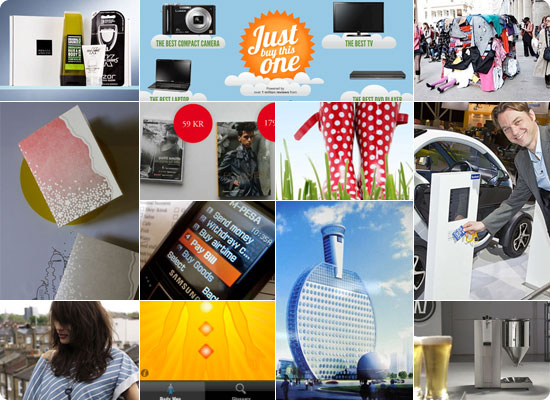
Innovation is the only way to survive in an ever more global, competitive business arena. By innovation we mean anything that will get consumers spending, and preferably the kind of spending that involves your products, services and experiences.
And since everyone from Seth Godin to the Harvard Business Review is providing you with excellent, inspiring insights and theory on innovation as a mindset, a process, and a way of life, we'd like to contribute to the conversation with examples of actual B2C innovations. Dozens of 'em. As we see it:
INNOVATION EXTRAVAGANZA | There will never be a shortage of smart ventures, brands, goods and services that deliver on consumers’ wants and needs in surprising, new ways. In fact, with the entire world now engaged in creative destruction, INNOVATION EXTRAVAGANZA is upon us. So yes, the dozens of innovations we’ve rounded up for this Trend Briefing are just the tip of the iceberg. Invent, improve, copy… or perish.
The link between INNOVATION EXTRAVAGANZA and consumer trends? As focused as we are on emerging consumer trends and changes in consumers' behavior, we never tire of pointing out that trends are only good for one thing: inspiring you to innovate, to come up with new goods, services and experiences for (or even better, with) your customers. For tips on how to turn trends and insights into innovations, re-read the 'Apply' part of our Tips section.

Innovation: not just labs, not always earnest, not necessarily expensive
Three more thoughts on innovation:
- Innovation is not necessarily about people in white coats puttering about in R&D labs. In our current Experience Economy, marketing innovation is equally important, and often trumps technical innovation.
- Furthermore, as consumers’ wants are sometimes frivolous, new products and services can be, too. Really, innovation doesn’t have to be so earnest all the time.
- Thirdly, doing or starting something new doesn't have to cost the earth. Many of the innovations featured in this briefing thrive on nimbleness and creativity, not huge budgets.
OK, enough preaching, let’s get to practicing: check out these 30+ innovations, arranged by (mini) trend (EMBEDDED STORIES, BIDCONOMY, CASH-LESS, and more). Here goes:
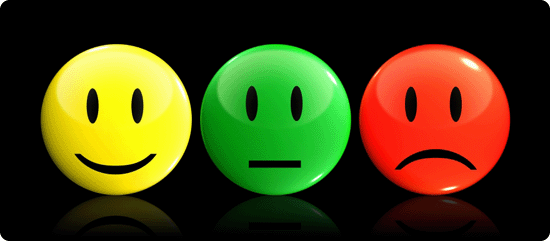
Mobile apps are increasingly concerned not only with consumers’ physical health (remember our WELLTHY trend?) but also their emotional wellbeing. Check out these ‘happiness’ apps:
- Launched in March 2011, The Happy Apps aim to override stress-creating cues with their mood-enhancing suite of iPhone and iPad apps. At USD 1.99 for six apps, spiritual healing comes cheap ;-)
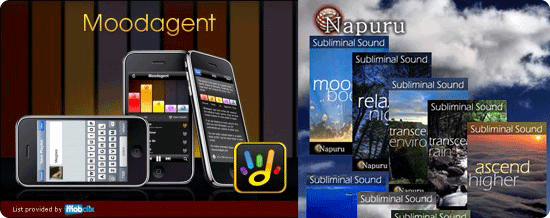
- Moodagent automatically analyzes and profiles a user’s music collection, and then creates playlists of their favorite tracks to suit their mood, distinguishing songs by sensuality, tenderness, joy, aggressiveness and tempo.
- The Mood Boost Brain Massage app from Napuru can be played 24 hours a day and uses soothing audio to help regulate and relax the mind.

The long predicted cashless economy is slowly becoming reality in both mature and developing markets. In more mature economies, consumers’ desire for convenience coupled with technological advances continues to drive innovations in cashless transactions. Check out these examples - just some of the rapidly increasing number out there:
- In March 2011, the Denmark Post launched digital stamps that can be purchased via text message. A code is sent to the user which can be written on the envelope instead of a traditional stamp.
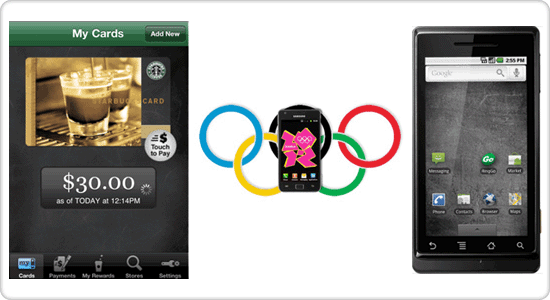
- In January 2011 Starbucks launched its Mobile Card payment program across the US. Customers purchase the Starbucks Card Mobile app, which then creates a personalized 2-D barcode to be scanned at the counter.
- This year, McDonald's is looking to fit 7,000 European outlets with point of sale touch screens and swipe cards, rendering human cashiers redundant and reducing transaction times. Likewise, Burger King is currently trialing the Visa payWave system in a number of restaurants.
- In time for the London 2012 Olympic Games, Samsung (in alliance with Lloyds TSB bank and Visa) is set to start selling smartphones which can administer contactless payments in over 60,00 locations around the city.
- Square, a service that allows anyone with an smartphone to accept credit card payments, launched their iPad app in May 2011 that turns the tablet into a comprehensive 'cash register'. Customers with the app can store payment details and purchase histories with merchants, enabling them to pay instantly and receive personalized offers via the service.
-
Introduced in May 2011, Google Wallet is an Android app that turns a users' phone into a payment device. Using NFC technology, users can pay by tapping their phone on Mastercard paypass terminals. As well as being able to make payments, users can also receive offers and store loyalty points via the app.
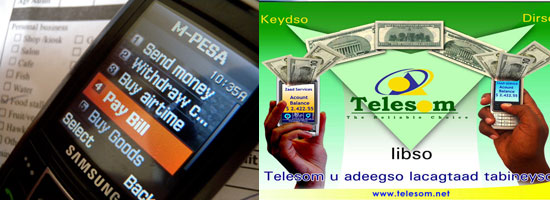
However, developing countries, where mobile penetration is high yet banking infrastructure is poor, are hotbeds of CASH-LESS innovation too (re-read our FUNCTIONALL Trend Briefing). Safaricom’s M-PESA in Kenya and Globe Telecom’s GCASH in the Philippines are of course pioneers, but do check out the following examples, too:
- In Somaliland, where there are hardly any ATMs, Telesom launched mobile banking services through its ZAAD Service in 2009. In October 2010, it added technology that also allows for customers to send and receive mobile remittances.
- Founded by telecoms provider Telenor and Tameer Micro Finance Bank, easypaisa offers mobile banking services to customers in Pakistan.
- And for when going CASH-LESS isn’t an option, we continue to see innovative ways of getting cold hard currency into customers’ hands: in March 2011, South Africa’s First National Bank introduced a new service that allows customers to withdraw cash from an ATM using their mobile phone. The bank sends a text message with a temporary PIN to be used at the ATM within 30 minutes.

The idea behind using stories to increase the emotional attachment to a product is nothing new. Indeed, many consumers have been increasingly embracing individual (STILL) MADE HERE product stories, as well as traditional brand messaging, in order to tell their STATUS STORIES.
But increasingly, technology is allowing consumers to access ever richer and more detailed stories by linking online and offline worlds:
- RememberMe is a collaborative project between TOTeM (Tales of Things and Electronic Memory) and Oxfam, that infuses personal history into donated items by enabling people to attach stories using RFID tags.
- In March 2011, US based ReMakes debuted its line of one-of-a-kind sets of eco-friendly placemats made from reclaimed billboards and movie posters. Each set features a QR code which, when scanned with a smartphone, opens a webpage URL with information about ReMakes.
- Founded in March 2011, Spain based clothing and lifestyle company N-spired Story invites people to send in photos, videos, news or stories; each month one story is printed as an image on a limited edition t-shirt. Users can point their phone at the t-shirt's design and link to online content.
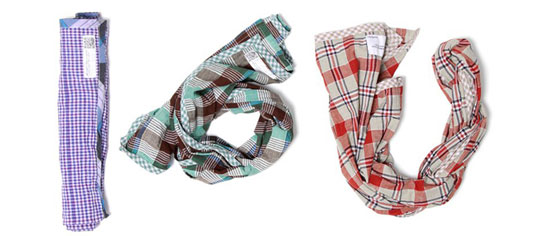
- The IOU project is a clothing line based on fabrics hand-woven in India that uses QR codes to enable consumers to track each item purchased all the way back to the weaver.
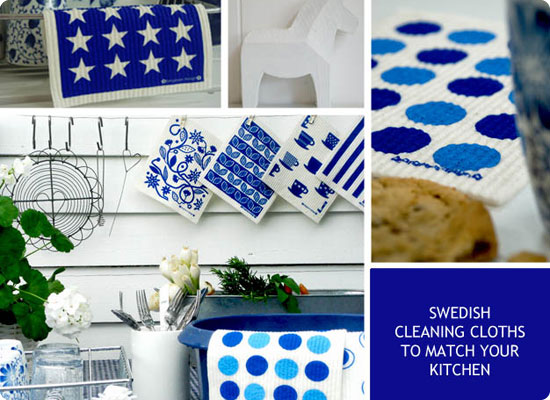
As consumers’ lives continue to get busier (there's an understatement for you), massive opportunity exists in curating and then selling via subscription. Check out:
- UK based Jangeus Design offers yearly subscriptions for the least glamorous but most useful of products; eco-friendly kitchen cloths.
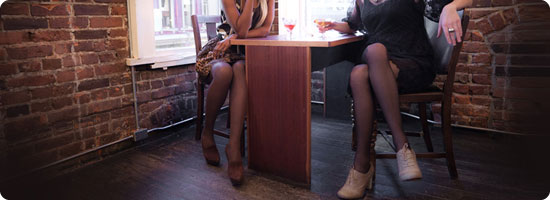
- Hoseanna delivers a new (run-free) pair of pantyhose to customers' doors every month in the US.
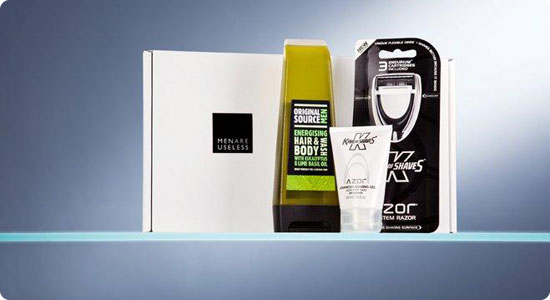
- Men are Useless sends essential grooming products to customers every month in the UK, while new-on-the-scene GlossyBox allows beauty-conscious women to sample luxury product miniatures.
- In the US, Tota Press offers a hand-made letter cards subscription.
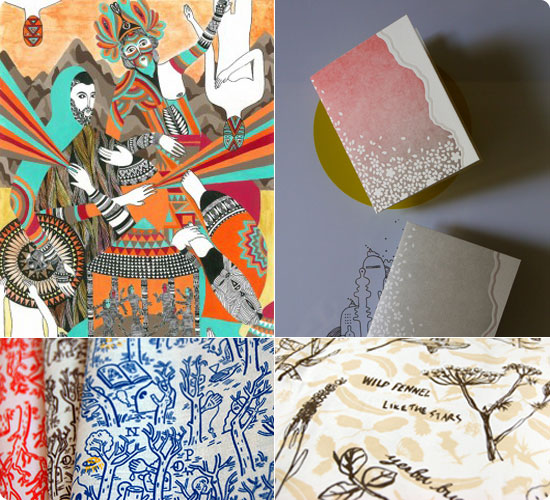
- For art enthusiasts, Canadian Papirmasse delivers a monthly subscription of art print, while US based Alula offers a subscription to four limited edition art textiles each year.
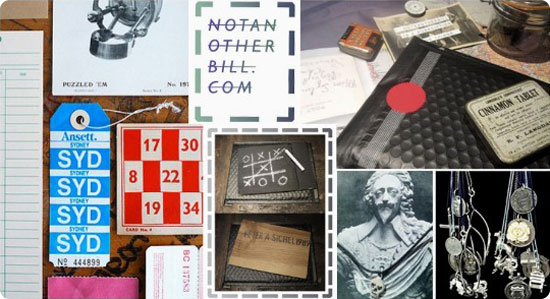
- Launched in January 2011, Not Another Bill sends customers a surprise gift on a monthly basis.

Consumers love to feel a sense of excitement and exclusivity (see PLANNED SPONTANEITY). And the advent of flash sale group buying sites like Groupon and LivingSocial, as well as the continued popularity of pop-up stores, reminds us that consumers still love quick spontaneous purchases too, especially when there's a bargain to be had:
- Launched by Swedish retailer Papercut, Speedsale offers discounts on a variety of books, DVDs and the like, but only for four seconds. After viewing the item for four seconds online, the sale is over. Forever.

- Fashion giant Burberry launched the Burberry Retail Theater to showcase their Spring/Summer 2011 collection, an event that invited customers from 15 countries to its stores to purchase clothing straight off the runway.
- Along similar lines, Moda Operandi allows its members to purchase clothes 48 hours after a designer’s runway show. Members receive their purchases within four months, which is two months before they are available in any mainstream store. To add to the exclusivity, membership is invitation only.
- Groupon just launched a pilot program called Groupon Now in Chicago. This new initiative allows customers to view real-time deals offered by businesses in the vicinity. Each deal only last a few hours, so customers must buy quickly to benefit.
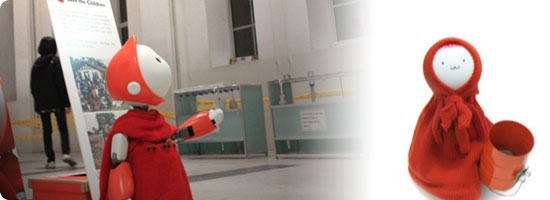
We’ve featured more charity/generosity innovations than you can swing a stick at: from RANDOM ACTS OF KINDNESS to EMERGING GENEROSITY, because yes, this is one trend that keeps on giving ;-)
But here’s one more example, which just stood out because it certainly takes 'charity meets ATTENTION ECONOMY' to the next level ;-)
- South Korean DONA is a childlike robotic street fund-raiser and is programmed to respond with appreciative gestures whenever money is placed into its collecting pot.
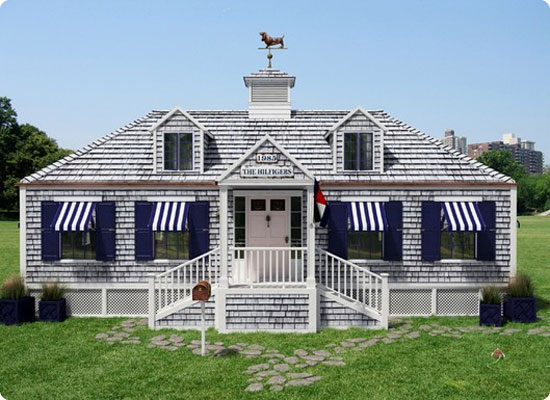
Since we first coined the phrase POP-UP STORES back in 2004 (yes, we do apologize!), the transient concept has become a permanent fixture in many a marketing and branding strategy. A phenomenon as ephemeral as this one requires constant innovation. So the pop-ups we see today are bigger, better and more extreme than ever before:

- In May 2011, Tommy Hilfiger debuted the Prep World Pop-Up, a temporary structure designed to look like an authentic East Coast beach cabin. The house will be traveling to various cities across the world, with Prep World-themed events for style-conscious customers.
- As part of its Give It Back campaign, Coca Cola's pop-up store in Tel Aviv (April 2011) sold recycled and upcycled products made with Coke bottles and cans.
- To alleviate over-crowding in the airport's main terminal during the busy winter period, Geneva airport erected a pop-up terminal. The white, fully-waterproof marquee was erected in front of the airport and had dedicated check-in space.
- In March 2011, Swedish appliance maker Electrolux collaborated with Italian architects Park Associati to create The Cube: an aluminum-clad, portable restaurant with terrace, large enough to seat 18 diners. It has been set up around various European cities, with each location selected to offer diners a unique panoramic view of the surrounding area.
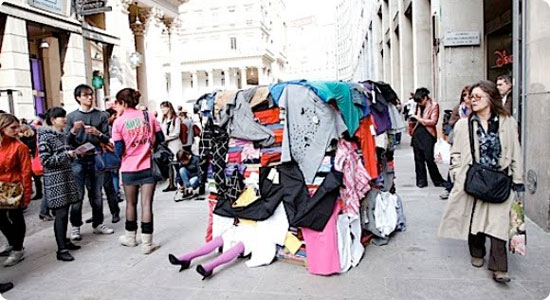
- Kilo Fashion is a new pop-up store in Milan that sells designer clothes and accessories by the kilo. The brainchild of fashion brand Lilla, Kilo Fashion opened in late March and will close down in July 2011.
- Slated to appear in London's Shoreditch area this August, Boxpark is a pop-up shopping mall that will house more than 50 small stores in a two-story structure constructed on Bishopsgate Goods Yard, a former railway site that's been unused for more than 40 years. Boxpark will focus on small, independent brands that are hand-selected and offered space by invitation only.
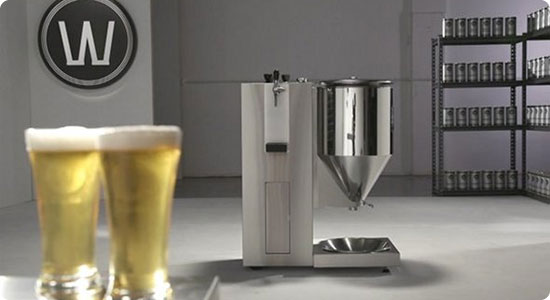
Settling for the mediocre or homemade (unless it’s (STILL) MADE HERE of course;-) just won’t do for today’s expectant consumers. Affordable, accessible products & tools are increasingly allowing regular people to create professional quality content and products. Some recent spottings:
- New Zealand based WilliamsWarn produced the world’s first personal brewery in 2011. Easy to operate, even novice users can create their favorite beers as the machine automatically takes care of some of the most critical manufacturing processes.
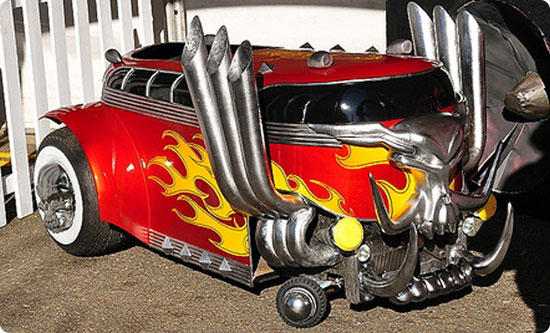
- California based TechShop offers a chain of equipment-filled workshops, where members can turn their (expensive) designs from dreams into reality.
- Collabracam allows users to shoot video footage like a pro. By connecting up to four iPhones, iPod Touches or iPads, the director is able to view all the cameras’ streams, prepare shots and switch between footage at any given time.
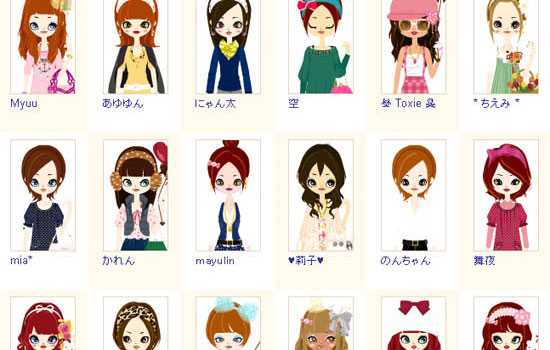
With many consumers continuing to spend ever larger parts of their lives online, we’ve previously looked at how one’s online identity is something to be built, profited from (PROFILE MYNING) and even flaunted (ONLINE STATUS SYMBOLS ). No wonder then, there’s also an increasing demand for products or services that remove, protect, or restore one’s online (and therefore offline) reputation*.
* And yes, there's a huge demand for other related privacy services too, but we’ll save that for a future, dedicated Trend Briefing.
- US based reputation.com and Reputation Armor are online reputation management consultancies helping consumers manage their data and defend their reputation by blocking misleading or incorrect information, and increasing positive content.
- Metal Rabbit Media “delivers buzz, increases demand, and protects reputations” for a more affluent clientele.
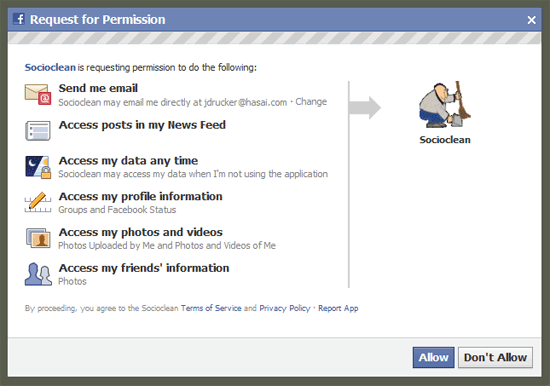
- Socioclean and Reppler are both free services that enable users to monitor and clean their online social profiles of any ill-advised and inappropriate material.
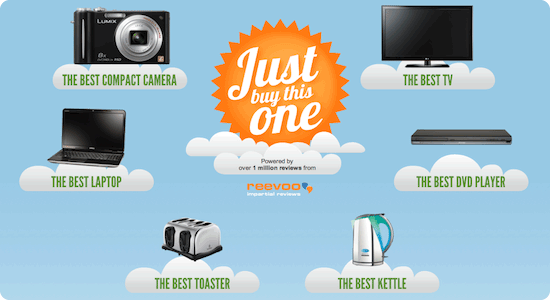
The amount of information out there, and consumers' desire to devour the best bits of it, is still unrelenting (see INFOLUST). Hence, anything that helps present, edit, display, strip, filter, bundle and curate the (commercial) data flows easily into something digestible and relevant will do well forever. Check out these examples of extreme curation:
- Hotel Haiku is a travel website that lists hotels around the world, in an ultra-simple fashion. Information about a featured hotel is comprised of a single image, a short description and a link. That’s it.
- UK based Just Buy This One is a service that takes the cumulative ratings of product reviews and offers a single recommendation. It works across nine categories, from cameras to kettles.

- Concerning itself with music and fashion, 1band1brand highlights one emerging music band and one up-and-coming fashion brand each week, along with special offers for subscribers.
- Aiming to create a broader audience for underappreciated artists in the developing world, Art Sumo is a brand-new, member-only site that highlights one unsung, select painting each day at a heavily discounted price.
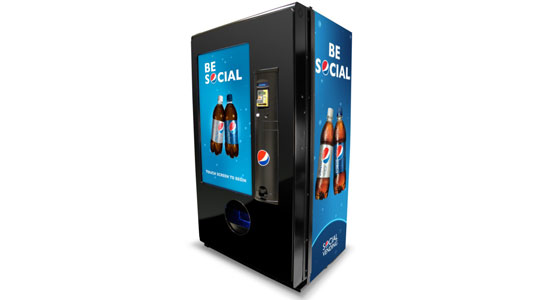
For brands, applying the human touch has, does and will boost sales, engagement and loyalty. Just one of the many sub-trends to GENERATION G, 'GIFTING GALORE' encompasses the creative means in which brands now help facilitate gift-giving between consumers.
- PepsiCo has just introduced a ‘Social Vending Machine’; it gives consumers the option of gifting a drink to a friend, which they can redeem at participating machines with an SMS code.

- German company frinXX allows its users to buy drinks for their friends at any bar without being present. Once the transaction goes through, a code is generated and sent to the recipient's cellphone with a personalized message.

- Japanese Giftee is an online service that lets users send small “thank you” gifts via Twitter, either to other people or charities.
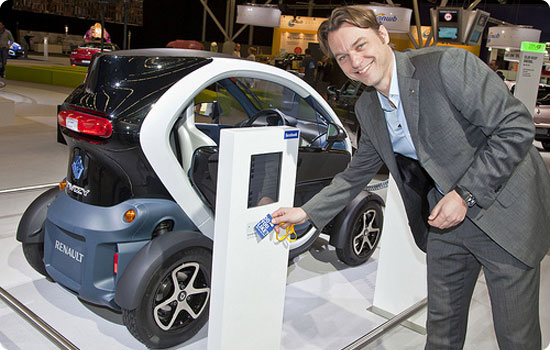
Consumers’ desire to broadcast their lives on social media is truly unabated (check out SOCIAL-LITES), and apps like Foursquare and Gowalla, or Facebook’s Like button are making it easier for people to tell their friends where they are, what they are doing, and what they are liking. But how about making it super-easy to bridge the offline physical world experience with the online? Check out some of these examples:
- In April 2011 at the AutoRAI Amsterdam Motorshow, car manufacturer Renault handed out RFID-equipped cards which could connect to Facebook accounts. Users could physically ‘like’ a car by swiping the card against its corresponding card-reader and the ‘like’ would then appear on their Facebook profile.
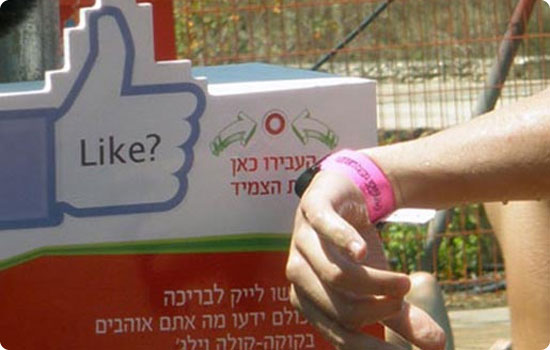
- Last August, Coca-Cola invited selected Israeli teenagers to the Coca-Cola Village - an activity based summer camp (YouTube video here). Upon entry they were given special RFID-enabled wristbands that they could swipe as they stopped by attractions (from swimming to massage), and would update their online Facebook status. The wristbands also allowed for automatic Facebook tagging of any photos taken.
- At the PIAS Nites music festival in Brussels in March 2011, attendees were given a card that linked to their Facebook account. They could connect on Facebook to new friends they met in person by swiping their cards together over a card reader, or take photos is a special booth that automatically updated their Facebook profile.
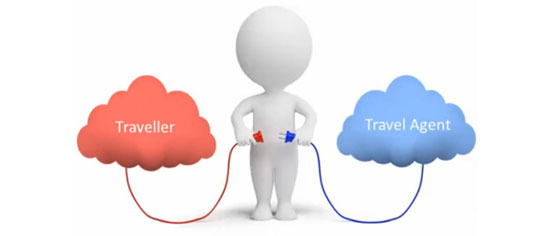
Surfacing more and more are intention-based websites, where the traditional purchaser/vendor relationship is flipped on its head and sellers bid for consumers' business. Have a look at these recent ‘BIDCONOMY’ initiatives:

- Canada based Zipzoom lets buyers announce what they're in the market for, giving sellers a chance to bid for the opportunity to serve them. Personalized quotes are sent directly to the consumer, allowing him or her to pick the best one.
- Launched in beta during March 2011, HolidayCrowd invites travelers to list a trip they'd like to take, specifying details such as destination and budget. Participating travel agents then assess the request and build an itinerary, resulting in competing offers for the traveler.

- Zaarly, a startup that launched to the public in May 2011, caught the attention of Ashton Kutcher by flipping the Craigslist model on its head. Using the tool, users post their location, what they are looking for, how much they are willing to pay for it, and when they need it by. The request is shared with local individuals, providers or businesses, and the service then connects the user with any interested suppliers via anonymous phone calls to discuss logistics and to complete the transaction.
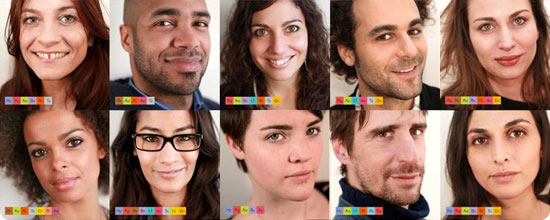
Can a brand ever customize, if not personalize its products and services enough? Forget letting customers just pick a color or pattern; hyper-personalization will be the name of the game for years to come. Learn from:
- French skincare company Codage lets customers choose the ingredients and concentrations in a variety of their products. Consumers follow a step-by-step diagnostic process online to assess their personal needs, Codage then makes recommendations for nutritional supplements as well as face and eye serums.
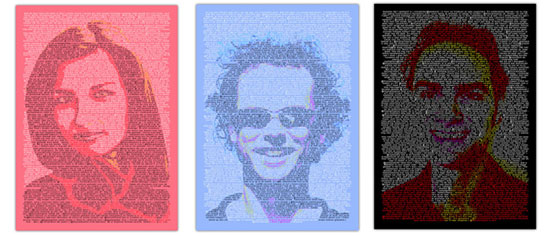
- Netherlands based Kunst Buzz creates a user’s image out of their tweets. The canvas printed posters come in three sizes and cost from EUR 125 to EUR 225.
Opportunities
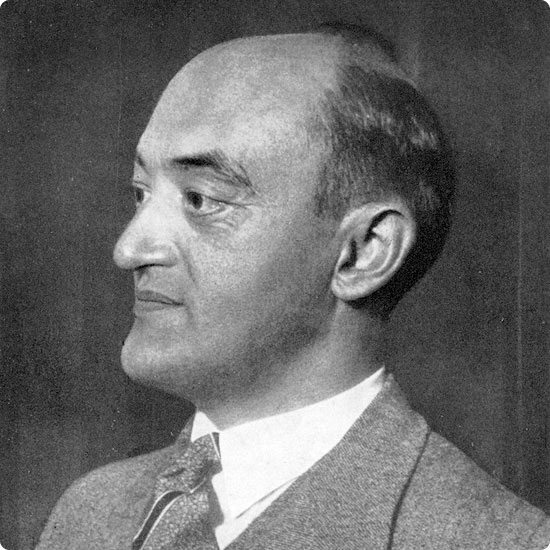
Schumpeter's creative destruction truly is upon us!
To beat you over the head with it one more time: besides making sure you're forever fine-tuning the basics, you also have to continuously innovate, by anticipating emerging consumer trends. This Trend Briefing has tried to provide you with examples of brands already practicing what the gurus are preaching.
The both scary and celebratory part? Wherever you live, whatever it is you do, you have absolutely no excuse to be unaware of innovations originating in Australia, in the Netherlands, in the US, in Argentina, in Turkey, in Singapore, in South Africa ... It’s all out there, reported 24/7 by numerous sources dedicated to trends and new business ideas.
So, get into gear and good luck! And once you've joined the 'extravaganza', be sure to let us know about your innovative new products and services.








